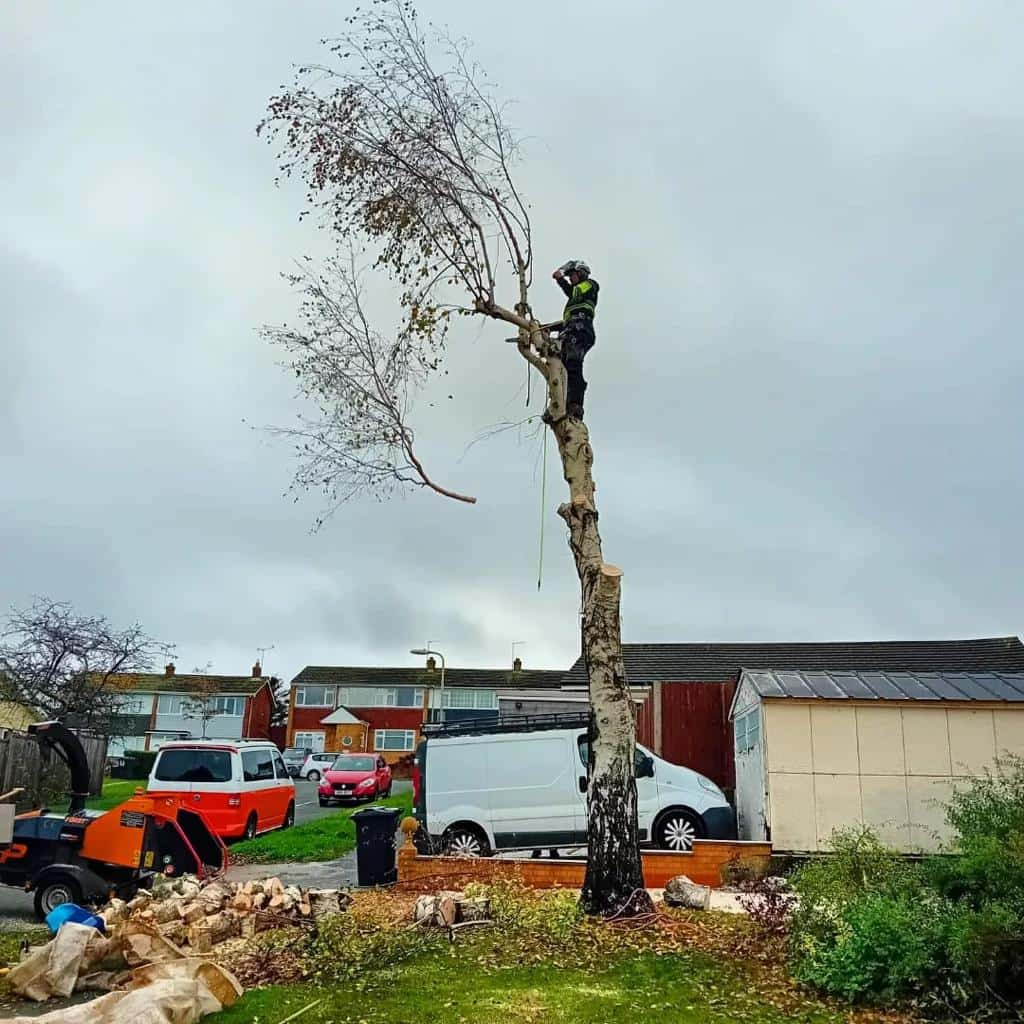Introduction
Regular tree maintenance is essential for health, safety, and visual appeal—but as with most things in life, moderation is key. Over-trimming trees can lead to long-term harm that might not be immediately obvious. At LM Tree Surgery Hayling Island, we often see trees in Hayling Island and across Hampshire suffering from excessive pruning—usually with the best of intentions.
If you’re unsure whether you’ve struck the right balance between maintenance and over-pruning, this guide outlines the warning signs that your trees might be getting more attention than they actually need.
1. Sparse or Thin Canopy
If your tree looks unusually open or thin, you may be cutting back more branches than necessary. A sparse canopy means less leaf surface for photosynthesis, which can weaken the tree over time.
2. Slower Growth Rates
Trees that are over-trimmed may redirect energy toward healing instead of growing. If you’ve noticed that your trees aren’t putting out as many new shoots as they used to, it could be due to excessive cutting.
3. Frequent Stress Shoots
Stress or “water” shoots—those fast-growing, spindly vertical branches—are the tree’s way of reacting to shock. If these keep appearing after pruning, you’re likely cutting back too hard or too often.
4. Discolouration of Leaves
Leaves that turn yellow or brown prematurely can be a sign of a stressed tree. Without enough foliage, the tree may not be absorbing nutrients properly, leading to discolouration.
5. Cracks in Main Limbs
Over-pruning can sometimes unbalance the tree’s structure, causing stress points to develop. Look for cracks or splits near joints or main limbs as a warning.
6. Fewer Flowers or Fruit
Fruit-bearing and ornamental trees depend on healthy branches to produce blooms and crops. A reduction in flowers or fruit could mean you’re removing key productive limbs during pruning.
7. Increased Vulnerability to Disease
When trees are repeatedly opened up by pruning, it creates multiple entry points for pests and fungi. Over-trimmed trees often show signs of rot, mould, or insect damage more frequently.
8. Bark Peeling or Dieback
Peeling bark or sections of dead wood indicate that the tree isn’t coping well with its environment. This may be due to energy loss caused by constant trimming.
9. Unnatural Shape or Poor Balance
A tree should have a natural, pleasing silhouette. If your tree looks lopsided, top-heavy, or oddly shaped, it may be a result of over-zealous cutting.
The Importance of Professional Guidance
While some homeowners are happy to take secateurs to the odd branch, understanding the biology behind when and how much to trim is vital. Trees don’t bounce back as quickly as hedges or shrubs—they need time, balance, and expert care.
Professional tree surgeons can assess your tree’s condition, apply the right pruning methods, and space out the timing for healthier growth and longevity.
Conclusion
Trimming trees too often can be just as damaging as not trimming them at all. If you’re spotting several of these signs, it might be time to pause, reassess, and get a professional opinion before long-term damage sets in.
At LM Tree Surgery Hayling Island, we offer thoughtful, balanced tree care across Hayling Island and Hampshire. Whether your trees need a light prune or a strategic reduction, our expert team ensures the job supports your tree’s health and appearance. Contact us today to find the right maintenance rhythm for your garden’s most valuable assets.
Call us on: 023 8235 2063
Click here to find out more about LM Tree Surgery Hayling Island
Click here to complete our contact form and see how we can help with your tree needs.

